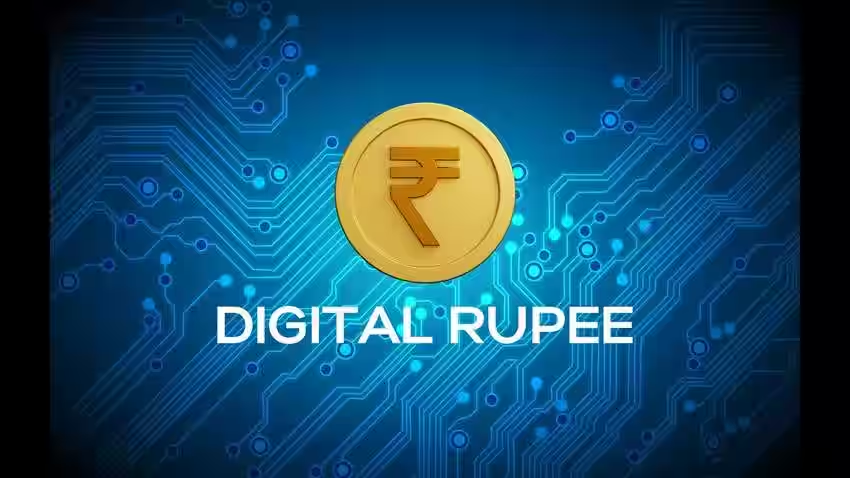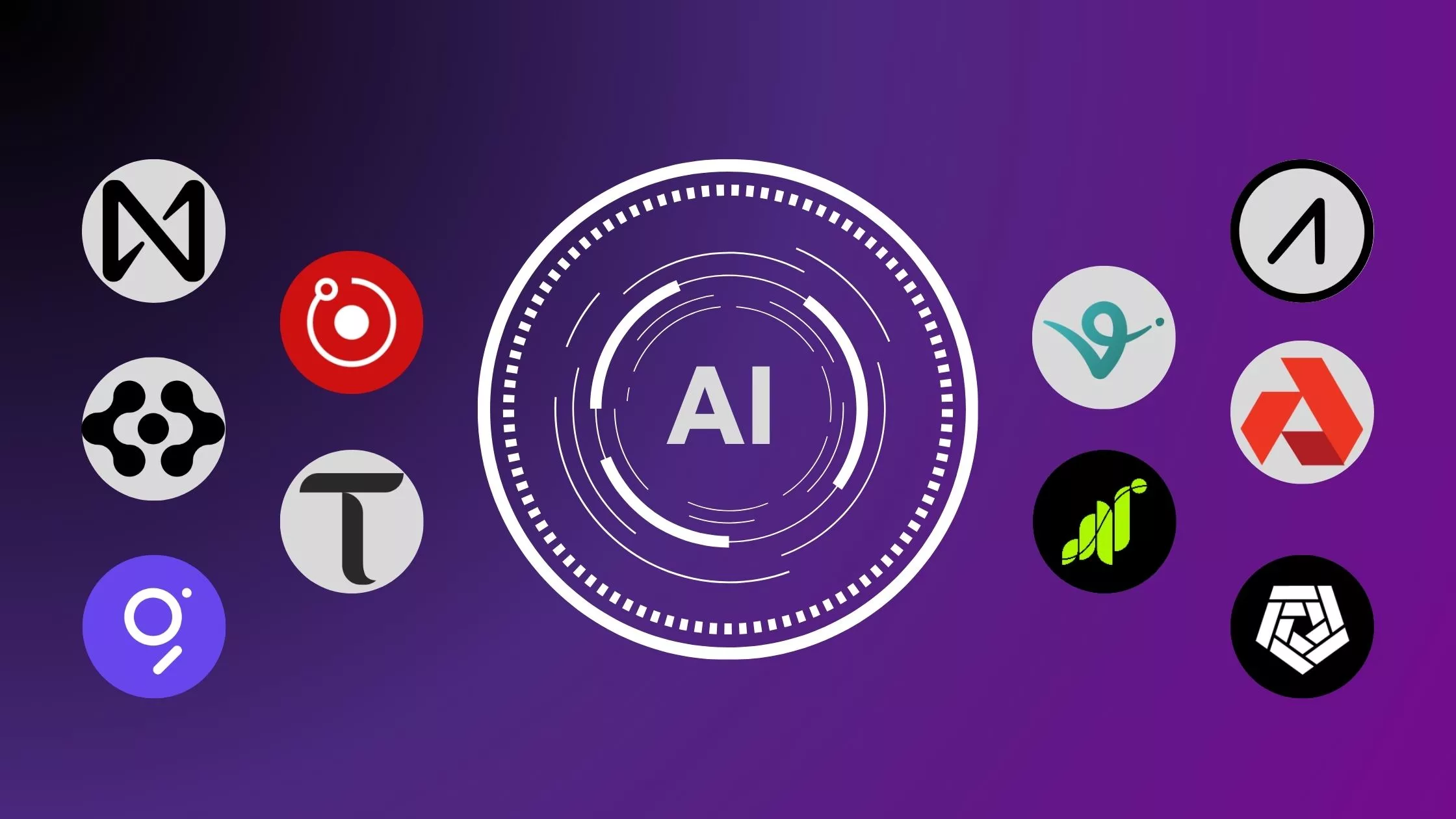Now Reading: The Digital Rupee and What It Means for Everyday Transactions
-
01
The Digital Rupee and What It Means for Everyday Transactions
The Digital Rupee and What It Means for Everyday Transactions

India’s push towards a Central Bank Digital Currency, popularly called the Digital Rupee, is reshaping how people think about money. Unlike cryptocurrencies, this digital currency is backed by the Reserve Bank of India, giving it the same value as physical cash but in a virtual form. For citizens, especially in Tier-2 cities, the big question is how this will change daily payments, banking habits, and financial inclusion.
What is the Digital Rupee?
The Digital Rupee is a virtual version of the Indian currency issued by the RBI. It can be stored in digital wallets, used for transactions, and transferred instantly without physical notes or coins. Unlike private cryptocurrencies, it is fully regulated and carries government backing, which makes it as trustworthy as paper money.
Why is the Government Introducing It?
The aim is to make payments faster, more secure, and cheaper. Digital money reduces the cost of printing and distributing physical currency. It also gives the government better control over money flow, helping track illegal activities and strengthen transparency. Another reason is to modernise India’s financial system and prepare for a digital-first economy.
Impact on Everyday Transactions
For local shopkeepers in cities like Nagpur, Raipur, or Bhopal, the Digital Rupee could make transactions easier. Payments can be made instantly without the need for card machines or internet banking. Even offline transactions are being tested, meaning customers could pay without constant internet access. For consumers, this could mean quicker checkout, fewer failed transactions, and reduced dependency on third-party apps.
Benefits for Tier-2 and Tier-3 Cities
In smaller cities, where banking infrastructure may not be as strong, the Digital Rupee can bridge gaps. People who do not have bank accounts but own a mobile phone can still use digital currency, improving financial inclusion. Small traders and local service providers can also accept payments more easily, with lower charges than traditional payment gateways.
Concerns and Challenges
Despite its advantages, there are concerns. Privacy is a big question since the government can track transactions. Some fear that too much dependence on digital money could leave people vulnerable to cyber risks. For those unfamiliar with digital payments, adapting to the Digital Rupee may also take time and awareness campaigns.
Balanced Perspective
Supporters believe the Digital Rupee will make India’s economy more efficient and reduce reliance on cash. Critics caution that it should not replace physical currency entirely, especially in areas where internet penetration is weak. The success of the Digital Rupee will depend on how smoothly it is introduced and whether people feel secure using it.
Conclusion
The Digital Rupee is more than just a technological upgrade—it represents a shift in how Indians will handle money in the future. For everyday transactions, it promises speed, convenience, and inclusion, particularly in smaller cities. But its long-term success will rely on building trust, ensuring privacy, and making it as easy to use as cash. For now, it is clear that the way Indians pay and get paid is entering a new digital chapter.

























